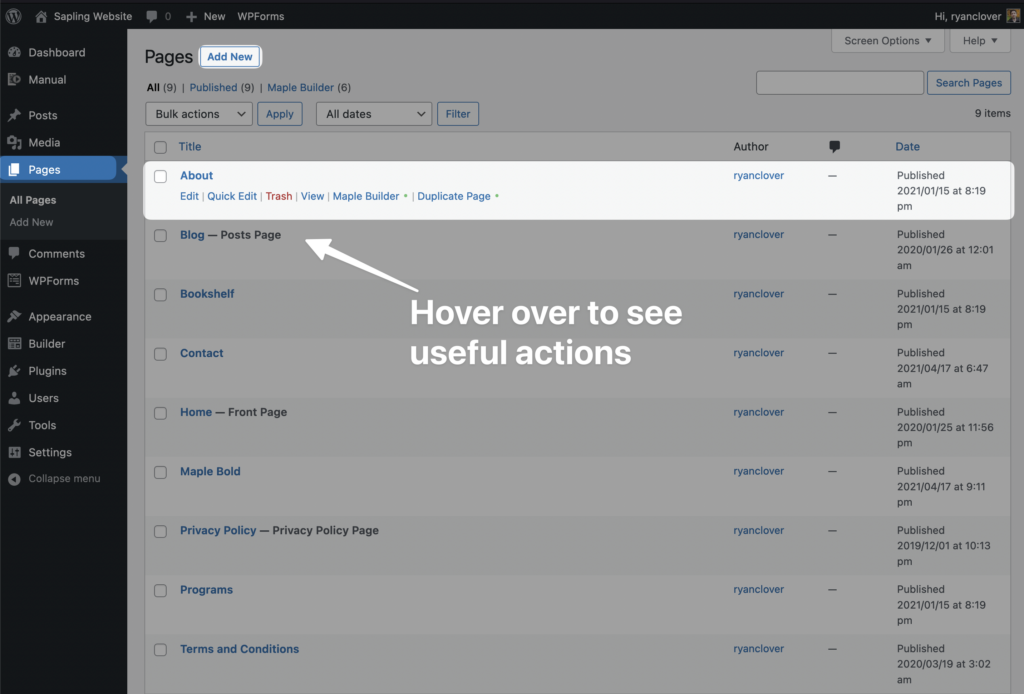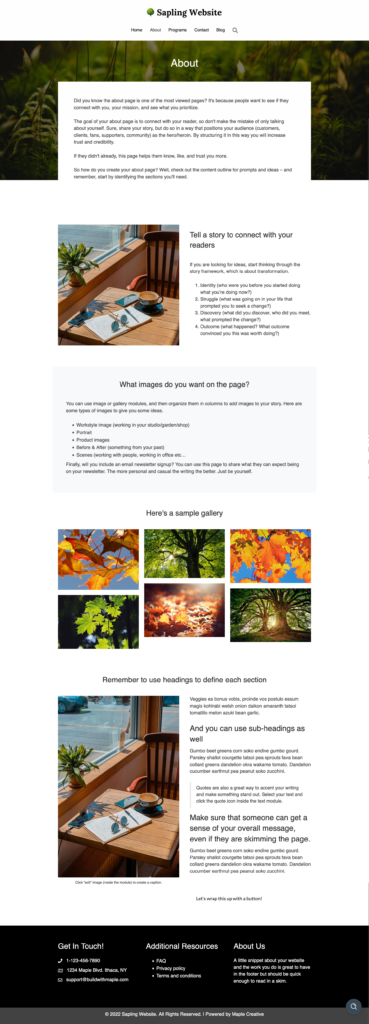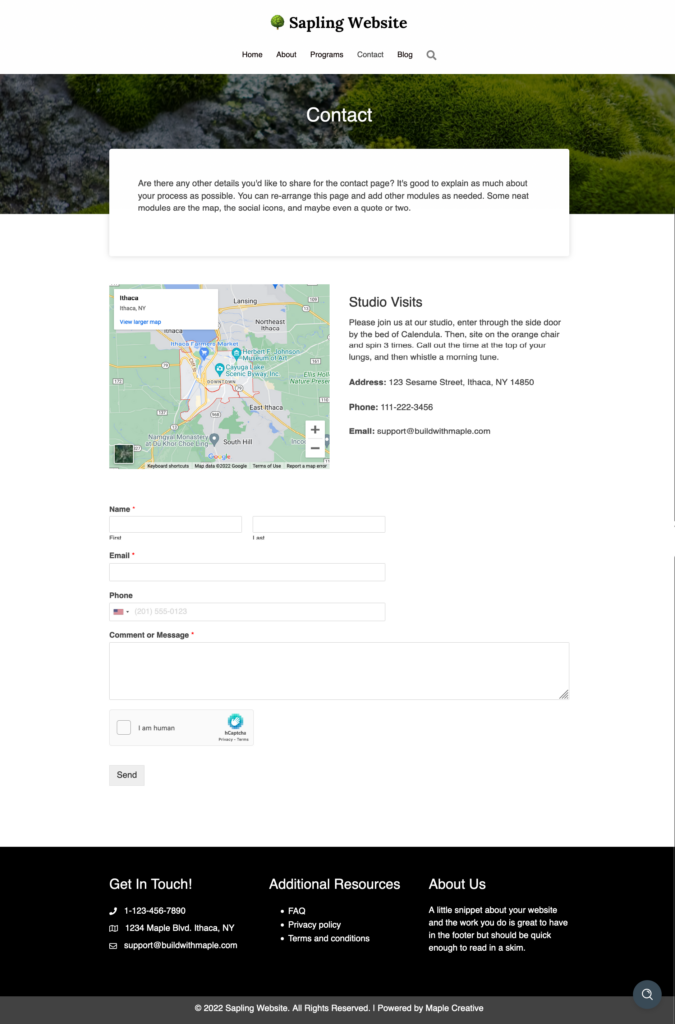
In your dashboard, you'll see posts and pages in the menu – both displayed in a table with some basic functions like Edit, Quick-edit, Trash, View, but they serve different purposes and are edited in different ways.

Pages are what form the website's structure. Standard pages are home, about, and contact pages – but you can make a page for anything you need. Pages are also used for "endpoints" such as "Subscription Confirmed". Pages can also be used for things like registration forms, carts, checkout, and account details.
Pages have the option of being edited with the Page Builder, which gives additional options for layouts. The page builder is great for pages that require more complex layouts such as the home page, about page, or services page.



Since pages usually exist for their own unique reasons (about, sales, confirmation, registration, etc...), we use the Page Builder to build custom layouts for each page. Of course, some pages will share the same simple layout, but main pages like your home page usually have a completely unique design to meet their goal of welcoming your readers.
Your website menu is made up of pages, whereas your blog is made up of posts.
The page builder gives you a full library of "modules" that you can use on the page. To learn more about the page builder, see the overview here.
Usually when we think of posts we think of blog posts – often displayed on a blog page (archive) with the newest post at the top of the list and the oldest on the bottom. These posts all share the same layout and have "post info" at the top (date published, author, category, tag, featured image, and comments)
While blog posts are the most basic type of post, products are also posts. So are events if you are using an events calendar plugin. To keep track of these different kinds of posts are "post types". The standard sapling site just has blog posts though, to keep it simple.
Posts can have categories and tags, also called "taxonomies" which are used to group them together in various ways. I recommend adding these only when you have too many posts to keep track of. This way you won't have any empty categories.


Posts are edited with the default WordPress Editor, often called "block editor" because of the blocks framework used. You'll notice it doesn't look like the page builder at all.